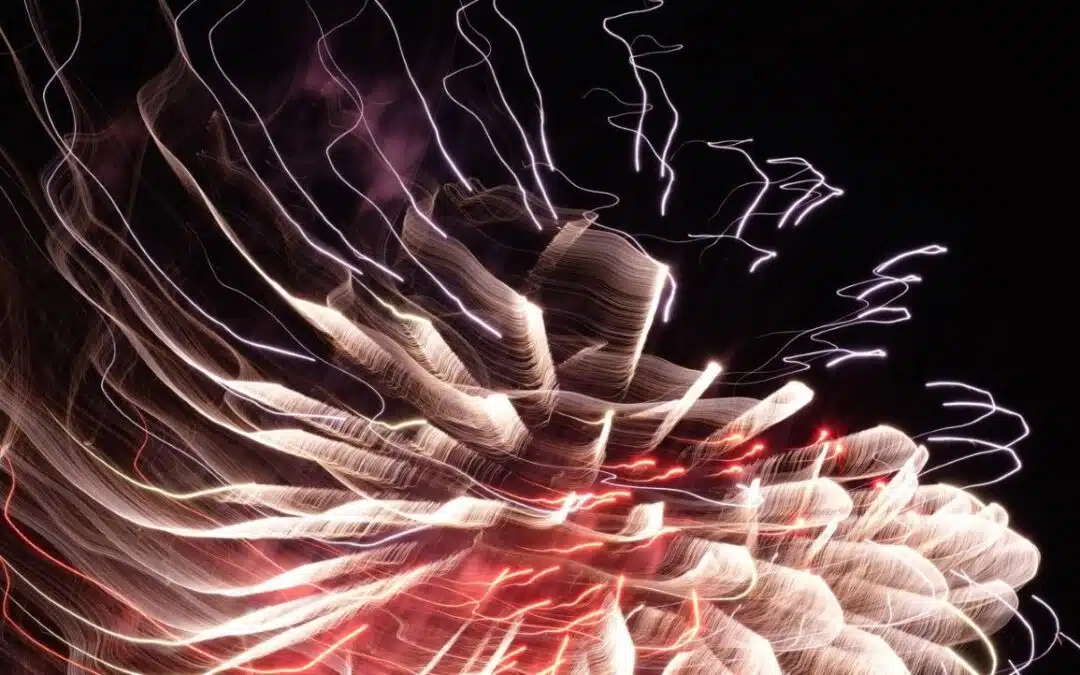THE DZOGCHEN HERO 1

Written by Johanne Bernard
Blog | Culture and tradition | General Introduction to Dzogchen | The Dzogchen Journey
In “The Dzogchen Hero 1”, Johanne recounts the beginning of the apprentice hero’s journey, in the footsteps of the Friend of Good…
The Dzogchen Hero – part 1
or “Pawo”
“How to Follow a Friend of Good” Series
A hero’s journey always begins in the same way: the character, who is not yet a hero, is comfortably tucked into his sofa. Even though his sofa is uncomfortable, he’s very attached to it because he’s used to it. Then one day something happens that turns his life upside down. It shakes the character’s beliefs so hard, so deeply, that he has no choice but to get up from his sofa… and set out to discover the unknown world that opens up before him.
In the Dzogchen hero’s journey, the call to adventure begins with an encounter with someone who has been on an exploration before him, and who shows him directly what he has found there: the empty and luminous nature of mind. This event is traditionally known as the introduction to the nature of mind, the Rigpai Tsel Wang. It’s the introduction to the view, the direct presentation of Rigpa [1], the starting point of the journey. This encounter is with the Friend of Good, who will accompany him throughout the journey.
The Friend of Good is the one who, at the threshold of the unknown world, gives the apprentice hero his exploratory equipment, i.e. the essential instructions on the mind. But while he may know the roadmap for the journey, that doesn’t mean he’ll give it to the traveler right from the start. The Friend of Good is there to guide him, not to do the exploring for him.
“Equipment is essential, but it’s not enough if the traveler doesn’t know why he’s going,” says the Friend of Good to the apprentice hero about to cross the threshold of the unknown world. “No adventure without a quest,” would say Joseph Campbell, a specialist in myths. “No quest without motivation,” says the Friend of Good. Sit down to find the primordial motivation, bodhicitta (pronounced boditchita): that of freeing oneself from the suffering caused by not knowing the true nature of one’s mind, and thereby helping all beings to free themselves. Then sit down to explore your mind, remembering always this primordial motivation.
“Courage comes from motivation. It’s motivation that allows us to transcend fear.”
Bodhicitta, “pure and perfect mind”, is the prerequisite for all practice and meditation, the pillar of the journey, the key to the unknown world. It is the first quest of the apprentice hero who, to find it, must sit down again and again and again…
The Friend of Good knows, having been there himself: you don’t just become a hero just like that! You only have to read the Namtar [2] of the great masters of the past to realize this… How many multi-storey towers had Milarepa built, an 11th-century Tibetan yogi, to reinforce his motivation with his master Marpa? How many difficulties did Sera Khandro, a great practitioner of the 19th century, have to overcome, as she writes at the beginning of her autobiography: “I lack even the slightest qualities of study, contemplation and meditation, and I am constantly beset by laziness and distraction. That such an unworthy person should write a profound story about the emergence of excellent teachings and noble qualities, is reminiscent of a lotus growing in the sky, a notorious impossibility”.
The apprentice hero needs courage. In fact, some masters don’t hesitate to use the hard way to get their students to progress more quickly: a stone thrown at the head here, a resounding PHET there, a thunderous laugh when the proud student believes he has reached the end of his quest… In the Tibetan world, there’s a term that encompasses both the notions of hero and warrior to speak of courageous and fearless practitioners: Pamo and Pawo.
Courage comes from motivation. It’s motivation that allows us to trascend fear. But what the apprentice hero discovers as he sits, and sits, and sits, is even more extraordinary: it is within the bodhicitta, the radiance of the nature of one’s own mind, that one becomes a Pamo or a Pawo.
The Friend of Good smiles: the adventure of his apprentice hero can truly begin…
[1] Rigpa : « primordial evidence”, the natural presence of the primordial aspect of mind. BACK
[2] Namtar: a biography of masters in Tibetan Buddhism that has three aspects: the outer account of life, the inner account of practices and experiences, and the secret account of realization.
MORE ARTICLES
KO Outside, OK Inside?
In this article “KO outside, OK inside?”, Damien talks about how chaotic external conditions are opportunities for Liberation.
Living in a Big City
In "Living in a Big City", Nils proposes to change the way we look at big-city crowds, by considering manifestations of the same nature.
Advice for Difficult Times
In this article "Advice for Difficult Times", Johanne talks about Yeshe Tsogyäl's difficult and extraordinary journey and the advice she got.
A Precious Human Birth
In "A Precious Human Birth", Mila Khyentse talks about the difficult conditions that accompany birth and the practice of the path.
The Five Degenerations – part 2
Let's continue our apocalyptic journey with Paul through that classic theme of Indo-Tibetan tradition, the “ Five Degenerations ”.
The Five Degenerations – part 1
"The Five Degenerations” is a tool for understanding why we feel so bad these days, our eco-anxiety and the denial that goes with it.
Fight or Flight? Both!
In this article "Fight or Flight? Both!" Mila Khyentse talks about how to practice our fundamental tendencies: as a path.
For The Common Good
In this article "For The Common Good" Nils presents a view of the common good from the perspective of the Dzogchen path.
The Three Ways to Rejoice your Masters
In “The Three Ways to Rejoice your Masters”, Paul offers us a useful traditional reading grid to structure our thinking and action.











